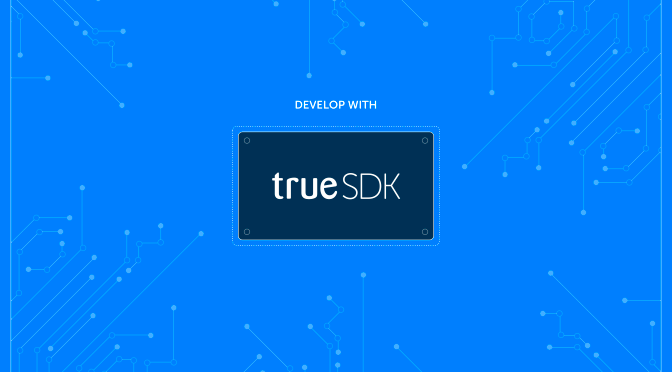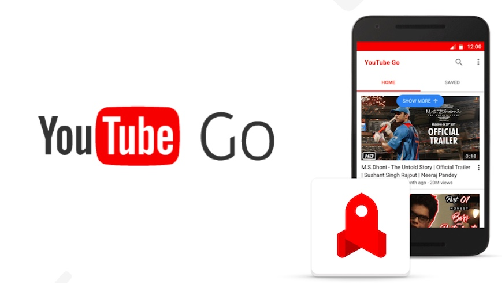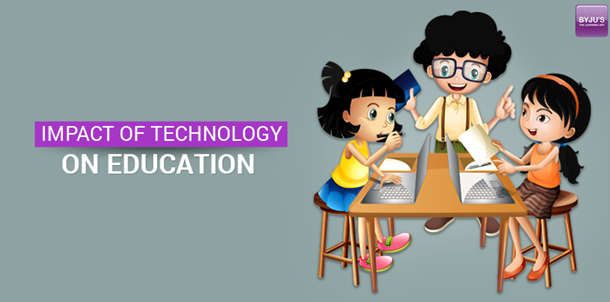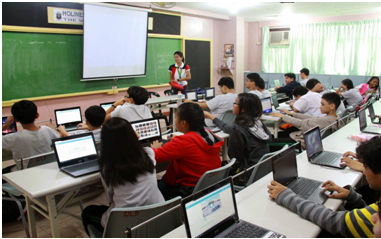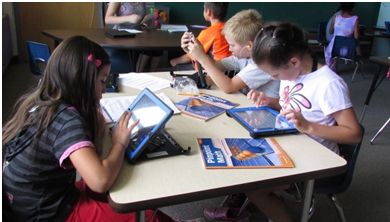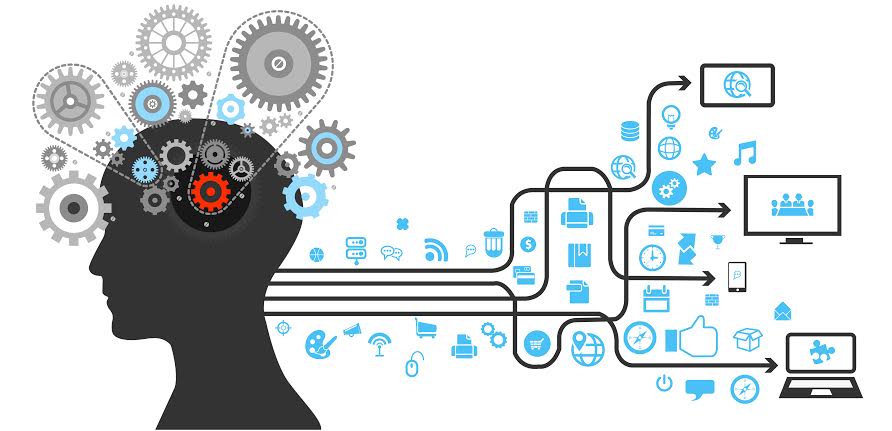Today, technology and its know-how is a fundamental requirement in every sphere, whether it’s about running our personal affairs or our professional agenda every day. The same theory applies to companies, hunting for the right candidates to fit their work environment. With the accession of the internet, social media, and high-end applicant tracking systems, employers today need to take a more proactive approach to find and source candidates.
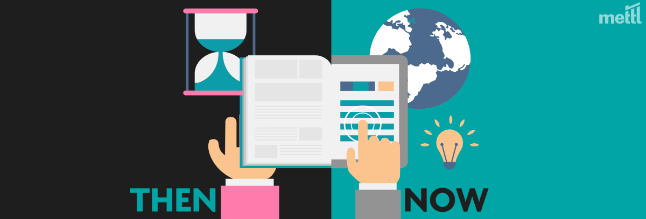
This has to be done by pushing the brand name forward with the help of each and every available technical expertise available. Taking into consideration the intricacy of the hiring process and different ideas of conducting recruitments, only the use of a general psychometric test is not going to work out.
That is why, there has been an emergence of a range of automation tools for various tasks, ranging from performing keyword searches of resumes to conducting behavioural and skills assessments. These tools can be integrated into human resource information systems or articulated products. They can also be premeditated to implement particular HR management philosophies.
Employers who commit to their employer branding see an average growth of 11%, thus making HR technology an attractive item to overburdened recruiting teams – NovoGroup, 2016
Universal Adoption of Automation Tools
In the 1930’s, the company for Barbasol Shaving cream, had over hundred employees. However, in 2009, Perio Inc., Barbasol’s owner, Thomas Murray, decided to open a factory in Ashland, Ohio, to manufacture the shaving cream. With mechanics at hand, the company now only needed 22 employees to start a first shift. Hence, prior to opening the facility, Perio brought in JC Rice, Vice President Shared Services for Perio-Barbasol and Kevin Klinvex, to rethink the hiring process.
Perio Inc. received about 3000 applications, but they wanted to follow a consistent process, that could handle that number of candidates. Hence, to sort out the torrent of applications that came in, Perio used three online tools from Select International, of which two were used to screen candidates.
After an initial interview, the chosen candidates were then given the Select Assessment for Manufacturing, a test designed to evaluate personality and behavioural traits that were relevant to the hourly manufacturing employees. Those who passed the assessments were given reference and background checks. Based on the ease of this initial round of hiring, Perio Inc. used the process to pick applicants for additional shifts, thereby adding another production line altogether. At present, The plant has brought 70 manufacturing jobs to Ashland, which runs two shifts a day, five days a week.
HR technology trends on the rise
How do you know who to hire? How do you know what your employees want in the workplace? How do you predict how a new update or change in your workplace is going to go over?
HR technology has been undergoing one of the most tumultuous phases since the past decade, thus undergoing a revolution. From mobile, to SaaS, to social media, the HR technology has been changing rapidly. According to CB Insights, a venture capital database, more than two billion dollars were invested into HR tech systems and platforms in 2016 in their quest for the next big thing in breakthrough technology. A research conducted by Deloitte estimated a revenue of USD 240 billion dollars, spent only for recruitment and talent acquisition.
HR technology solutions that give recruiters the competitive edge are already the game changers for recruiting professionals. With the rapid rise in technology, recruiters and HR professionals are all racing at arms-length. HR technologies have brought science and metrics into the game. As these technologies get more cost effective and easier to use, more people are jumping onto this cultism. These advances are meant to take the guesswork out of hiring, and lessen the threat of the much-dreaded bad hire. Here is a look at the tech that everyone is talking about.
Video interviewing, after psychometric tests, has become one of the wildly popular tech tools in recruiting & HR that has quickly proven to be an ROI superstar. According to an infographic by SparkHire
- Beyond 6 out of 10 companies presently use video interviews in their recruiting process.
- Recruiters can watch 10 one-way video interviews within the same amount of time taken to conduct just one phone screen interview.
- Companies that use video interviews for recruiting can save as much as 67% on the cost for travelling.
HR is moving at such a fast pace and what used to be advanced software just a few of years back, is now being quickly replaced. It has become distinct that talent management software is no longer just a ‘cool’ option for HR departments to have, but it has become the standard procedure. HR pros and recruiters are falling over each other for new software.
Other than video interviews, another HR tech tool that is on the rise and has taken a firm hold on the HR and recruiting world, is social media. Many companies are going even further LinkedIn, Twitter, and Facebook for improving their recruiting services by use of niche sites, which have become a very popular source for tough-to-fill positions and passive candidate scouting.
Another popular technology which is seeing the light of day in most companies is the integration of gamification into their recruiting process. According to an article published in Mashable, Richard Taylor, senior VP for communications and industry affairs at the Entertainment Software Association, 70% of major employers utilize interactive software and games to train employees.
In 2013, Mettl, India’s leading online skill assessment platform, introduced the Case Study evaluator to pioneer the measurement of business skill evaluation, using the methodology of case study. This case study simulator is available in a simulation format wherein users simply require to log on to the Mettl platform and choose to participate in the treasure hunt, graphically depicted as the gamification of a business case problem, after an invitation from a participating company or institution. Mettl’s CEO & Co-founder Ketan Kapoor stated that their vision by doing so, is to to redefine the standards of skill assessments globally, by employing technology to measure hands-on skills and not just knowledge on any subject.
Over to you
The HR technology space is worth USD 14 Billion. Around 15 years ago companies mainly focused on making HR tools easier for HR people to use, rather than for employees. However, today the demand is for HR technology to deliver a great employee experience that makes work-life more productive and interesting; HR tools need to feel more interesting and less like training and performance administration.
As the shift to automated accelerates, HR vendors too need to adapt fast. Psychometric assessments are a great way to gauge candidates applying for a job application, but HR tech tools are fantastic, especially tool when talent is required ASAP. New software and social platforms can discover the best and brightest candidate, allowing HR or hiring teams to establish immediate dialogue with them. This software alone has the ability to change the HR equation. Who knows? You might even discover someone who ignites your imagination, leading to creating a position just to get this genius on board.
Hiring software can automate processes, grade candidates, and provide HR professionals with some direction. With the advent of web services, the same tools can be used by both large and small organizations.
The HR technology landscape is ever-evolving, but as companies embrace the science, they should also never forget that it is not infallible. Remember the human dimension. The best HR practitioners and leaders know their organizations and culture brand on a innate level. Finding talent can be made a lot easier by these fantastic technologies, but finding the ‘right fit’ transcends even technology.
About the author
Tonmoy Shingal is the Co-founder & COO of Mettl, an online assessment platform to measure, analyze and improve people skills. It is ideal for companies looking to run multi-competency assessments for hiring, certification and training of existing employees. Further details about Tonmoy Shingal can be found here and more details about Mettl can be found here


